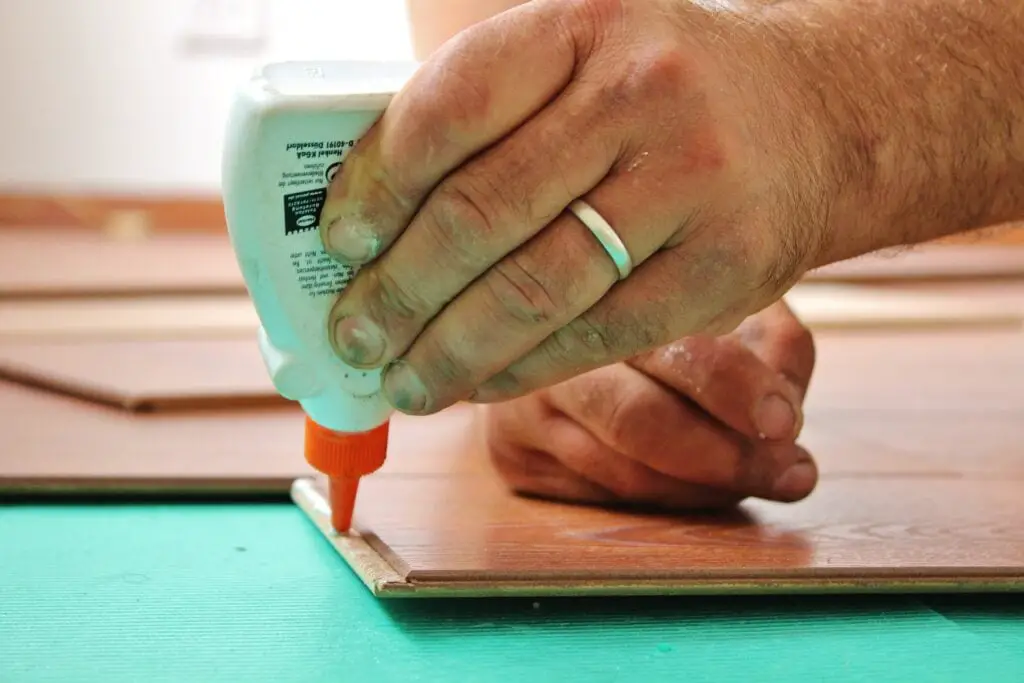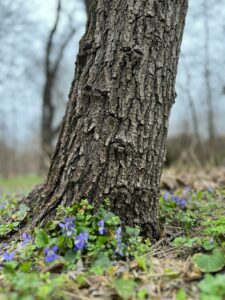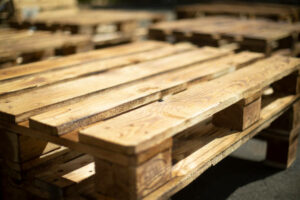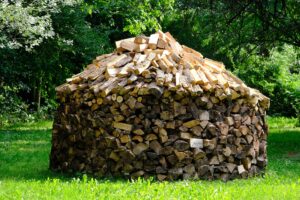Wood has long provided structural support for buildings. Its durability is often cited as a reason for its longevity in service, though property sales, changing occupant needs, and rezoning are more frequently the cause of building demolition.
But is it possible to make wood stronger? Scientists have developed a process to transform natural wood into something that is both strong and tough.
Laminating
A simple way to improve the strength of wood materials is by laminating them together. This is a common technique for paper products such as paper bags and photo prints, but it can be used to improve the strength of wooden beams and plywood, too. The process of laminating is an effective one that can improve the durability of wood and provide it with additional protection from weathering, wear and tear, and even insect infestations.
The process of laminating wood is very old and has been in use for thousands of years. Traces of shaved and glued pieces of wood have been found in the tombs of ancient Egyptian pharaohs. The process has evolved over the centuries but is still a valuable tool in many applications today.
Laminates are made by bonding together thin layers of material such as wood, fabric, or plastic. The process is similar to gluing, but it requires special adhesives that are strong enough to hold the layers together. These adhesives may be based on natural substances such as animal or plant glues, or synthetic compounds like epoxy. Proteins derived from plants or animals have also been used as adhesives in the past, such as blood proteins, soybean proteins, or casein derived from milk. The latest innovations in laminating technology are using enzymatic modification to produce adhesives that are both strong and environmentally friendly.
Another effective method for enhancing the strength of wood is by utilizing a veneer laminate structure. This consists of a low-cost base material, such as chipboard or MDF, with a layer of higher-quality veneer glued on top. This material is much stronger and more durable than solid wood and is often used for furniture, cabinets, and other architectural work.
For structural purposes, the best type of wood to use when laminating is birch. This is because it bends more easily than other types of wood and can be molded into different shapes with ease. If you are trying to make a piece of furniture, then you should try to use a thicker wood, such as cedar or fir.
Once the lamination has been applied, it is important to care for it properly to ensure that it stays strong and pristine. You should avoid using abrasive scrubbing pads or harsh cleaners, which can damage the protective coating and make the wood more vulnerable to scratches and stains. Instead, you should use a soft cloth or sponge to wipe the surface of your laminate.
Laminates are a great way to add value to printed materials and improve their overall performance. By choosing a high-quality product, such as the ones offered by Nobelus, you can be sure that your materials will look fantastic and perform well in customer-facing applications. Additionally, laminates are great for enhancing print finishing options such as die cutting, stamping, and embossing.
Reinforcing with Metal or Composite Materials
For structural applications, wood is often reinforced with a variety of materials, including fiberglass, carbon fiber, and polymer composites. These are referred to as composites because they combine two different materials that have distinct properties to make a stronger material than either one of the individual components on their own. Composites are typically used in place of metals due to their high strength-to-weight ratio. In addition, composites are very good at absorbing impact energy and have high natural frequencies, making them a desirable material for many applications.
Reinforcement is usually made from fibrous, woven materials such as glass or fibers of pure carbon, aramid, and silica. The materials are bonded together to form a solid, strong phase known as the matrix. The reinforcement is inserted into the matrix to increase the strength and stiffness of the composite material. The physical properties of the composite are determined by the type and direction of the reinforcement. For example, a carbon-fiber-reinforced plastic (CFRP) is typically anisotropic, which means its properties are different in the X and Y directions.
The matrix is the primary component of a composite and must be chemically and mechanically compatible with the reinforcement. If the reinforcement is not bonded to the matrix properly, it could separate from the composite at high-stress loads. To prevent separation, the reinforcement and matrix must be processed at very high temperatures.
A very common technique for enhancing the strength of composites is to use reinforcement with a high strength-to-weight ratio. Carbon-fiber-reinforced plastics are an excellent example of this type of reinforcement, and they have a high strength in the tensile direction while being ductile in compression. These qualities can greatly improve the load-carrying capacity and durability of a structure.
While the basic wood structure is strong, it is relatively soft in comparison to other building materials. To make wood stronger for structural uses, researchers have long tried to compress and “densify” it to improve its strength. However, the resulting material is not as flexible and springy as untreated wood, so it cannot be easily shaped for construction.
To address this weakness, scientists have developed a process to strengthen wood by incorporating reinforcing materials into the matrix. The best-known material for this purpose is fiberglass, which is manufactured using a resin system that bonds to the surface of the wood fibers. Other materials used as reinforcement for wood include basalt fibers, carbon-fiber-reinforced polymer, and silica-based composites.
The most effective way to enhance the strength of wood for structural applications is to use a reinforcement with a high strength-to-weight percentage. This is achieved by adding an appropriate amount of the strengthening material to the neat resin system before bonding. When used in this manner, the resulting material is less likely to debond from the wooden structure and has high shear and bending strengths.
Chemical Treatments
Researchers at the University of Maryland have developed a new chemical treatment that greatly enhances the strength of wood materials. The method is based on extracting lignin from the cell walls of the wood. Lignin is a substance that acts like a glue, binding together cellulose fibers that give the wood its structure. By removing this substance, scientists can compress the fibers tightly together. This compression allows hydrogen bonds to form between adjacent fibers, forming an even stronger bond than normal.
The process also shrinks the size of the fibers, making them five times thinner than before. The result is wood that is more than twice as strong as quebracho or snakewood, two of the strongest species in existence. This research can be applied to cheaper and more readily available woods to make them just as strong, allowing builders to fashion products out of cheaper materials while still using the strength of exotic, expensive woods.
The method also shows promise in improving the overall structural integrity of wooden structures, as well as making them more fire-resistant. This is because the chemicals used in the process prevent the formation of hydrocarbons, which are a significant cause of fire and smoke. The researchers are currently attempting to improve the technique so that it can be used on a wider scale.
Currently, many kinds of chemical treatments exist for strengthening wood. Some of the most common are water-based preservatives that penetrate the wood and protect it from damage caused by the weather. Copper-8-quinolinolate, for example, is an effective waterborne preservative that can be applied to wood for use in fencing and other structures in ground contact.
Other chemicals like pentachlorophenol and cyanine sulfate are also popular water-based preservatives that can be used on wood for decking and other outdoor constructions. These chemicals are not as effective as a preservative like copper naphthenate, which has been around since 1911 and is widely used in wood for structures that are not in ground contact. The chemical is toxic to some plants, however, and must not be used for food containers or as part of any building that will house bees.
Other chemical treatments that work to strengthen wood include pressure treatment with copper sulfate and the use of chromated zinc arsenate, a restricted-use pesticide. Both treatments are effective in preserving wood from damage caused by insects, but the pressure-treated material can be prone to corrosion and other problems. The use of chromated zinc arsenate can also be dangerous to people, as the compound can poison the liver and kidneys in humans.
For this reason, only a limited number of applications where the treated wood is in direct contact with human skin are permissible. A more reliable method for treating wood is a boron-based epoxy, which works by etching the surface of the wood and promoting the formation of hydrogen bonds between the cells in the wood.






